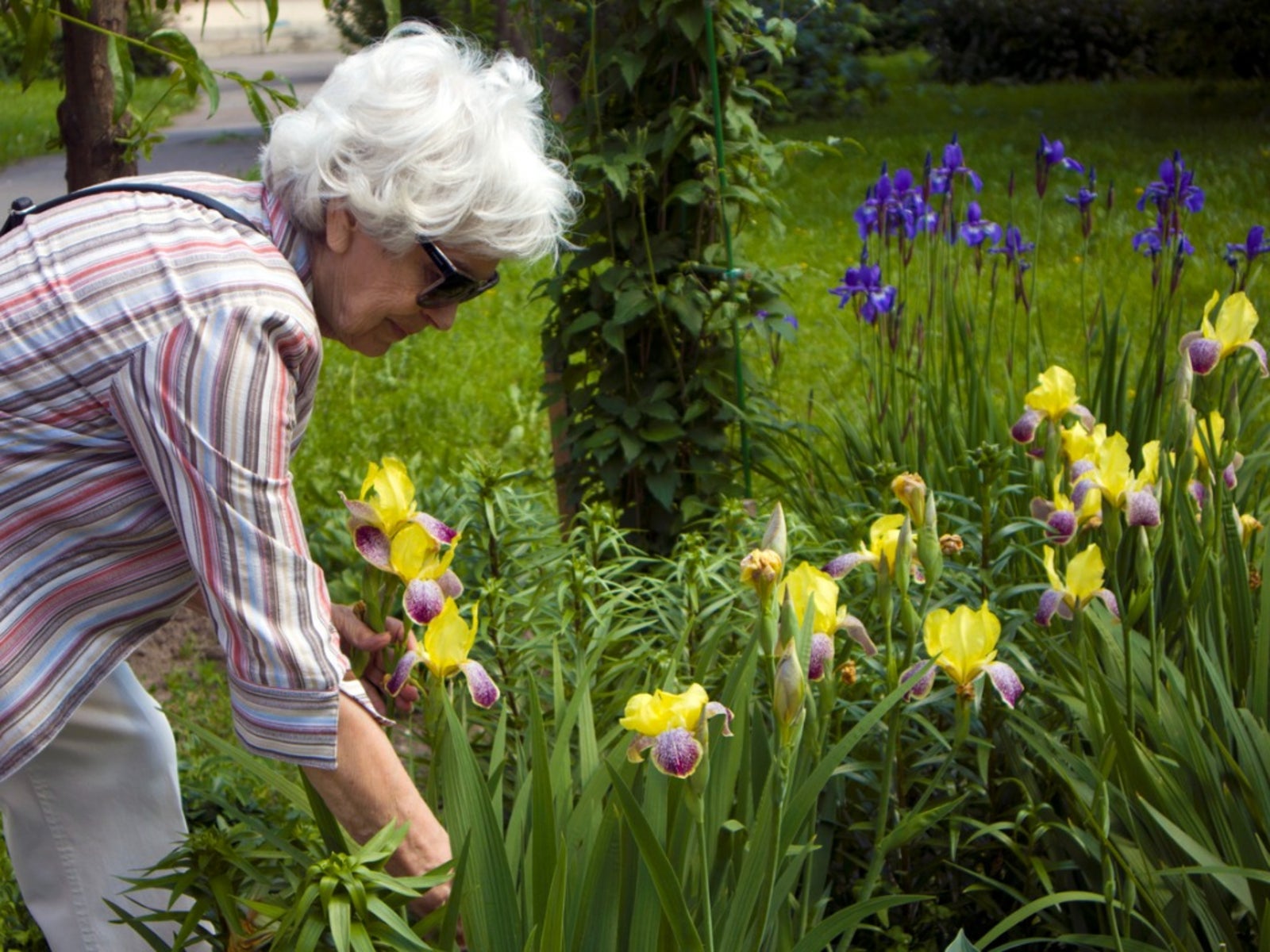Visually Impaired Gardens - How To Create A Fragrant Garden For The Blind


Visual impairment, whether mild or complete, affects many millions of people worldwide. While some people might think that such a handicap would prevent the enjoyment of leisure activities like gardening, the visually impaired prove to be a resilient lot, adapting in ways that can astound and inspire. Learn more about gardens for blind people and how to create your own visually impaired gardens.
Visually Impaired Gardens
A garden for the blind, or for those with diminished sight, is one that appeals to all the senses without overwhelming them. In fact, garden plants for visually impaired individuals include those that can be touched, smelled, tasted, or even heard. It's a well maintained and easily navigated refuge with appropriate tools accessible at a moment's notice. With careful planning and proper maintenance, visually impaired gardens are a place of beauty and efficiency that allow the gardener to be completely independent every step of the way.
Creating a Visually Impaired Sensory Garden
When creating a visually impaired sensory garden or fragrant garden for the blind, you need to consider these design elements:
- Walkways- Your design should be simple, with straight pathways and landmarks such as décor, shrubs, or change in walkway texture to mark any change in direction. Railings should accompany any change in topography and begin a few feet (1 m.) before inclines or declines.
- Plant Beds- Make garden plants for those visually impaired accessible by creating ground-level borders and beds that are no more than 3 feet (1 m.) in width. The object is to allow the gardener to reach the center of the bed area from either side. Using small groups of beds in straight rows will make locating plant types easier. You can also consider grouping by color for those with only diminished sight.
- Scent- Obviously, gardens for blind people should appeal to your sense of smell, but be careful when selecting scented garden plants. For the visually impaired with a heightened sense of smell, too much odor can be offensive. When used correctly, however, the distribution of scent can aid in locating different areas of the garden as well as providing a fragrant garden for the blind. Using wind chimes or waterfalls can help to guide with sound.
- Tools- Purchase tools with short handles whenever possible. This will allow the user to cultivate with one hand while leaving the other free to explore the garden. Again, bright colors are important for those with limited sight. If your local hardware store doesn't provide brightly colored tools, they probably have bright paint. The visually impaired should never have to go searching for tools. Use tool pouches or buckets so they can be carried along. Tying short ropes to handles can help recover dropped or misplaced tools.
Sign up for the Gardening Know How newsletter today and receive a free copy of our e-book "How to Grow Delicious Tomatoes".

Jackie Carroll has written over 500 articles for Gardening Know How on a wide range of topics.